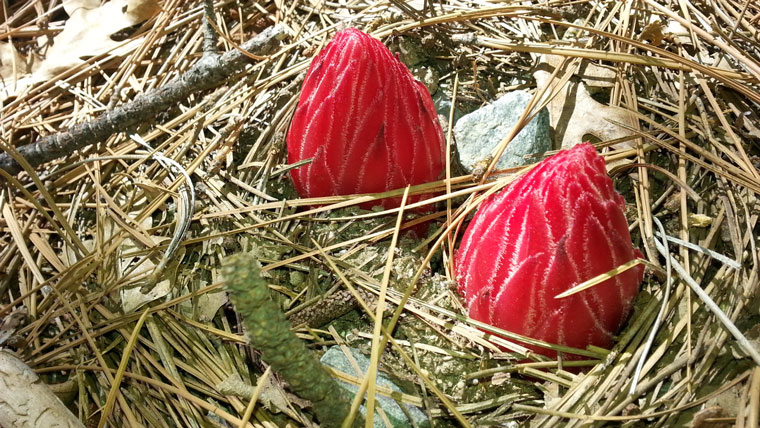
It is that time of the year again, the time we typically call springtime. For those of you who follow the annual trip of the Earth around the Sun, you know that usually the beginning of spring is designated as the place in that trip where the tilt of the Earth is such that everywhere on the planet is an equal amount of day and night — by our calendar around March 20 or 21.
Thus, spring also is called the vernal equinox (roughly meaning equal daylight and night). The vernal separates this time from the other time when this happens, marking the start of fall.

Photo by Dr. Jen Gee
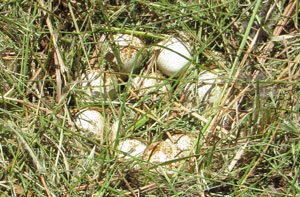
Once we pass that point of the trip, days begin to get longer than nights. How much so depends on how north we are of the equator.
We officially stay in springtime until the Earth reaches the point in its trip where we have the longest day — around June 20 or 21 — marking the beginning of summer, the summer solstice, and days begin to shorten again. So officially, we are in the middle of spring here in the San Jacintos.
Apart from the astronomy of it all, what does springtime signify biologically? As the days grow longer, we know temperatures will get warmer and the threat of frost will be gone, eventually. Nevertheless, here on the mountain, we know it can still freeze, so winter can still return and kill tender shoots and freeze young animals through most of the spring.
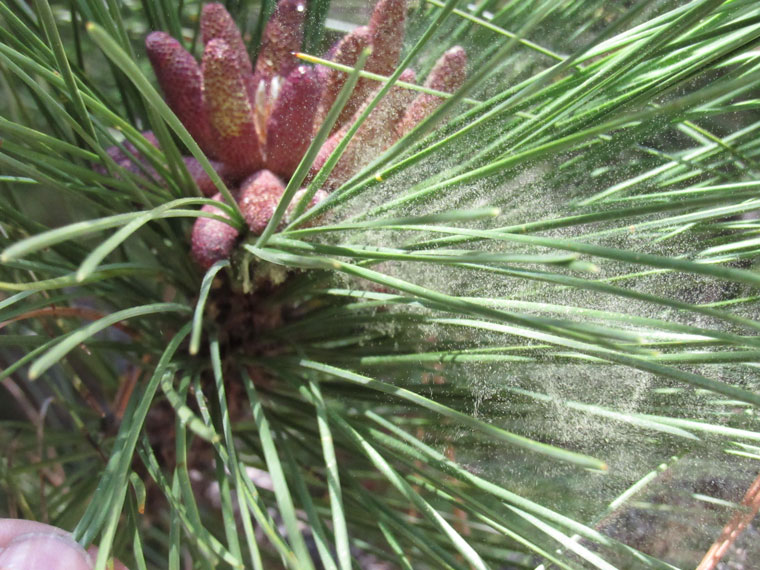
Photo by John Laundré
However, as sure as the Earth’s trip around the Sun, things will get better. This has been an astronomical promise fulfilled since the Earth was formed. This makes spring the season of promise; the promise that better times are coming, summer is coming, a time when the living is easy with plenty of sunshine for the plants to grow and plenty of plants for the animals to eat. Spring becomes the time to prepare for that promise, for those good times.
Spring preparation is abounding at the James. In late March, we begin to see plants such as the snow plant cautiously start to poke their heads above ground. Ferns slowly extend their “fiddle head,” but not too much.
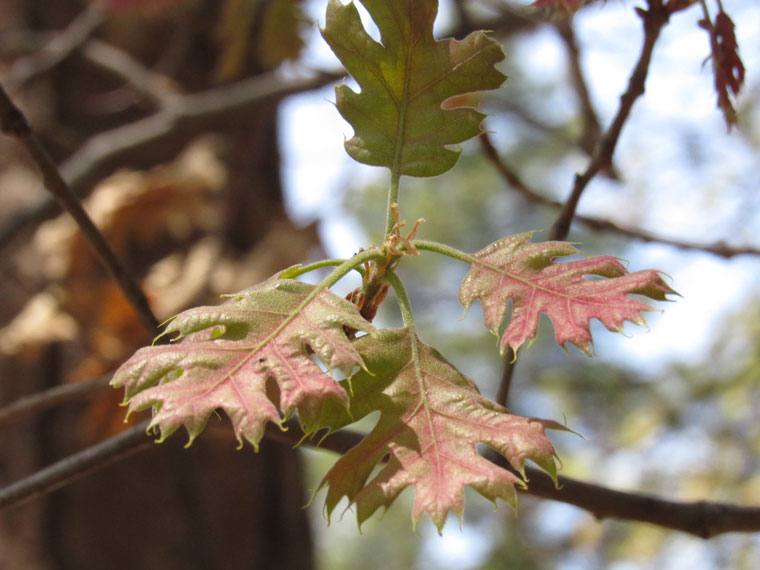
Photo by John Laundré
As we get closer to that promised time and the threat of frost and snow diminishes, plants get bolder. Our oaks begin to extend their new leaves, reaching for that warming sun. The new growth of the pines stretches upward, bearing the beginnings of new cones, waiting for the rain of pollen that covers our world with a dusting of yellow. Everywhere, spring is the time for pollination, for starting those new seeds that will develop in the lazy days of summer.
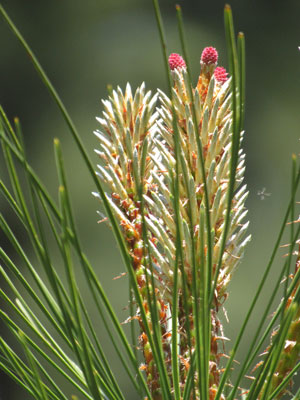
Photo by John Laundré
Animals also bide their time during the promise season according to their own seasonal clocks. For them, spring is the time when all animals’ fancies turn toward love. Early spring is the time to select mates, set up territories. As the season progresses, nests are to be built, eggs are to be laid and young embryos are to be developed in the warmth of the mother’s womb. All this is in preparation of having the new crop of young ready to take advantage of the abundance of summer to feed hungry mouths; to grow the next generation.
So, spring is the promise season, not only a promise for better weather but for what that better weather means — survival, growth and rebirth of the natural world on the San Jacintos.










